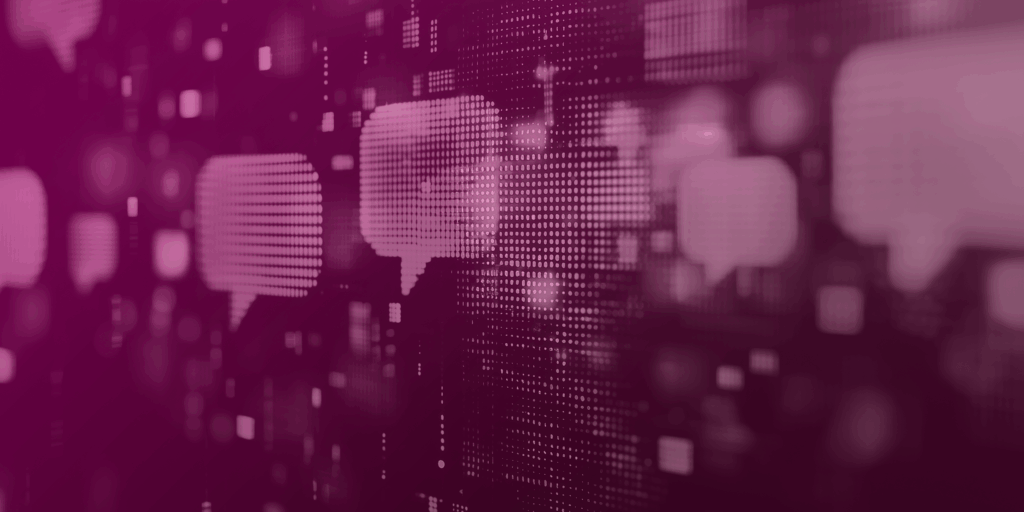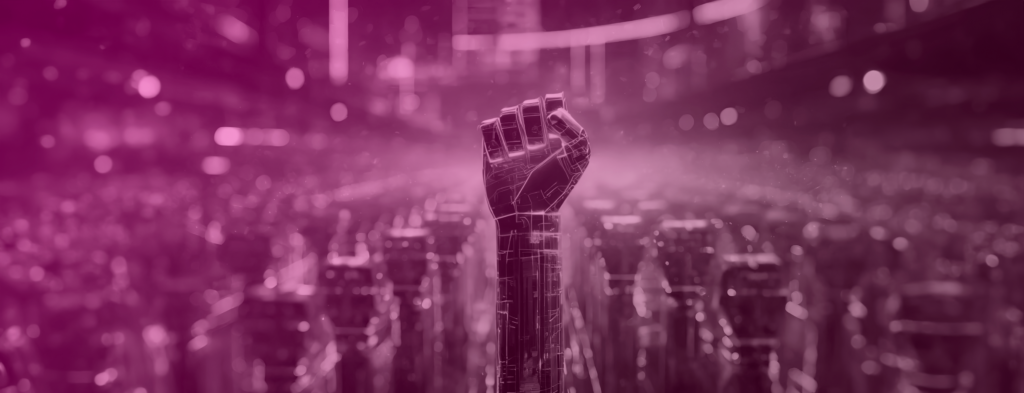Ever since artificial intelligence (AI) and automation arrived, concerns have surged about the future of human work.
Some fear that intelligent machines will replace human workers and take over. But it’s crucial to grasp that AI and automation aren’t destructive forces but powerful tools that can complement, assist and enhance human capabilities.
While they’ll undoubtedly reshape the working world, they’re not meant to supplant humans.
EMOTIONAL INTELLIGENCE AND CREATIVITY: UNDENIABLE “HUMAN” ASSETS
One of humanity’s greatest strengths lies in emotional intelligence and creativity. These abilities are deeply rooted in our nature and difficult for machines to replicate.
Yes, AI can analyze vast amounts of data and suggest answers drawn from pre-existing models, but it can’t match empathy, intuition or emotional understanding. ChatGPT - an example of “generative AI” - still can’t break out of its training corpus or truly innovate.
Jobs requiring high levels of human interaction - consulting, therapy, teaching, the arts - will remain human-led. Yet AI can be a valuable resource for professionals in these areas, delivering extra information or deeper analyses.
For example, healthcare providers can employ AI to support faster, more accurate diagnoses, but it’s the doctor - relying on experience and emotional awareness - who makes informed decisions and offers compassionate care.
HUMAN-MACHINE COMPLEMENTARITY: A FRUITFUL COLLABORATION
Thus, AI and automation shouldn’t be seen as competing with humans but rather collaborating. Integrating AI and automation into work processes can free humans from repetitive, tedious tasks, letting them focus on higher-value pursuits.
Machines can handle calculations, data sorting and automated processes, but humans supply perspective, critical judgment and decision-making with non-quantifiable inputs.
This synergy between humans and machines can raise productivity, efficiency and innovation.
For example, in architecture, AI may swiftly generate 3D models and optimize layouts, but it’s the architect who applies creativity, artistic vision and expertise to design unique spaces suited to human needs.
THE INESTIMABLE ADDED VALUE OF UNIQUE HUMAN SKILLS
Though certain tasks may be automated, new skills and expertise will be sought in an AI-driven future. Unique human competencies - like critical thinking, complex problem-solving, effective communication, and adaptability - will be ever more prized.
Jobs that center on social interaction, relationship management, creativity, leadership, and handling evolving scenarios can’t be replaced by machines.
Moreover, humans can continuously learn, adapt to new situations and develop transferable skills. That makes us indispensable in the workplace.
For instance, leadership, teamwork and motivational skills are crucial in running a company. Machines may assist with certain management duties, but humans are needed to gauge personal motivations, define vision and make strategic choices.
TREATING AI AND AUTOMATION FOR WHAT THEY ARE: TOOLS!
We should see AI and automation for what they are - tools that can reshape the working world, but don’t necessarily threaten human jobs.
Unique human capabilities - emotional intelligence, creativity, adaptability - remain irreplaceable. The future of work will see productive collaboration between people and machines, with machines supporting and boosting human potential.
Instead of fearing job loss, we should embrace continuous learning, expand “super-human” skills, and adapt to opportunities AI and automation offer.
In doing so, humans can craft a future where we stay at the heart of economic and social success. How could it be otherwise?
Discover ACT-ON DATA. A project? Contact us.





